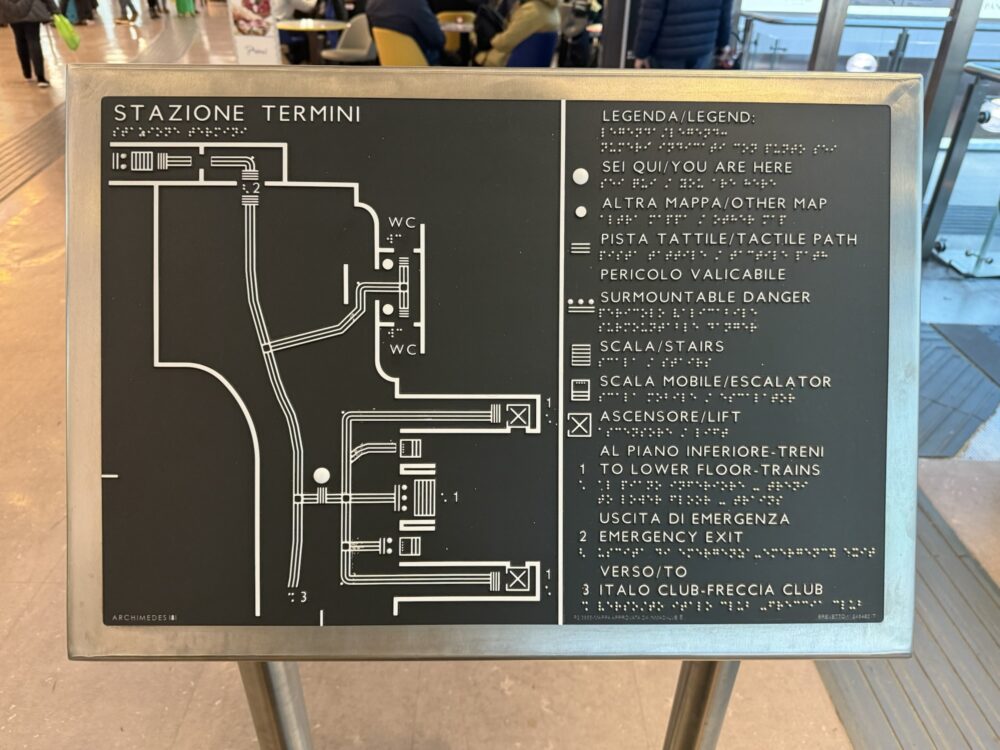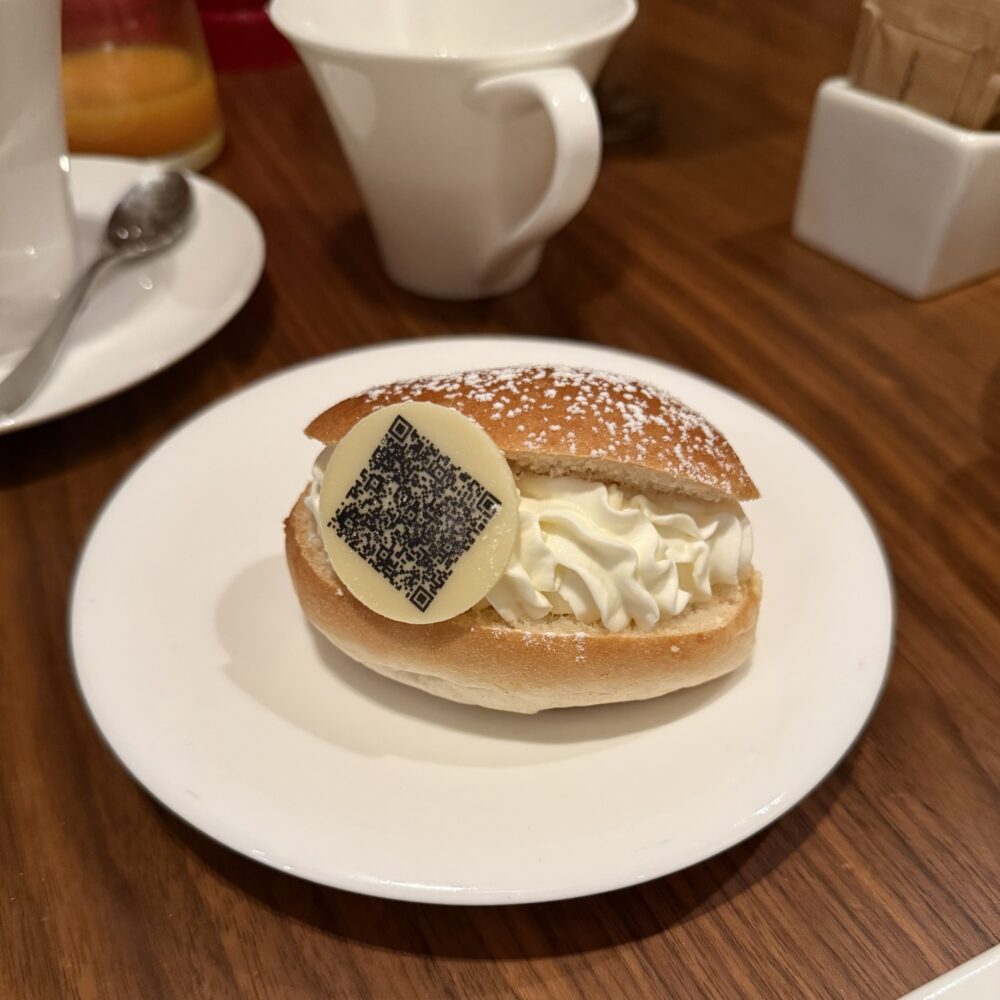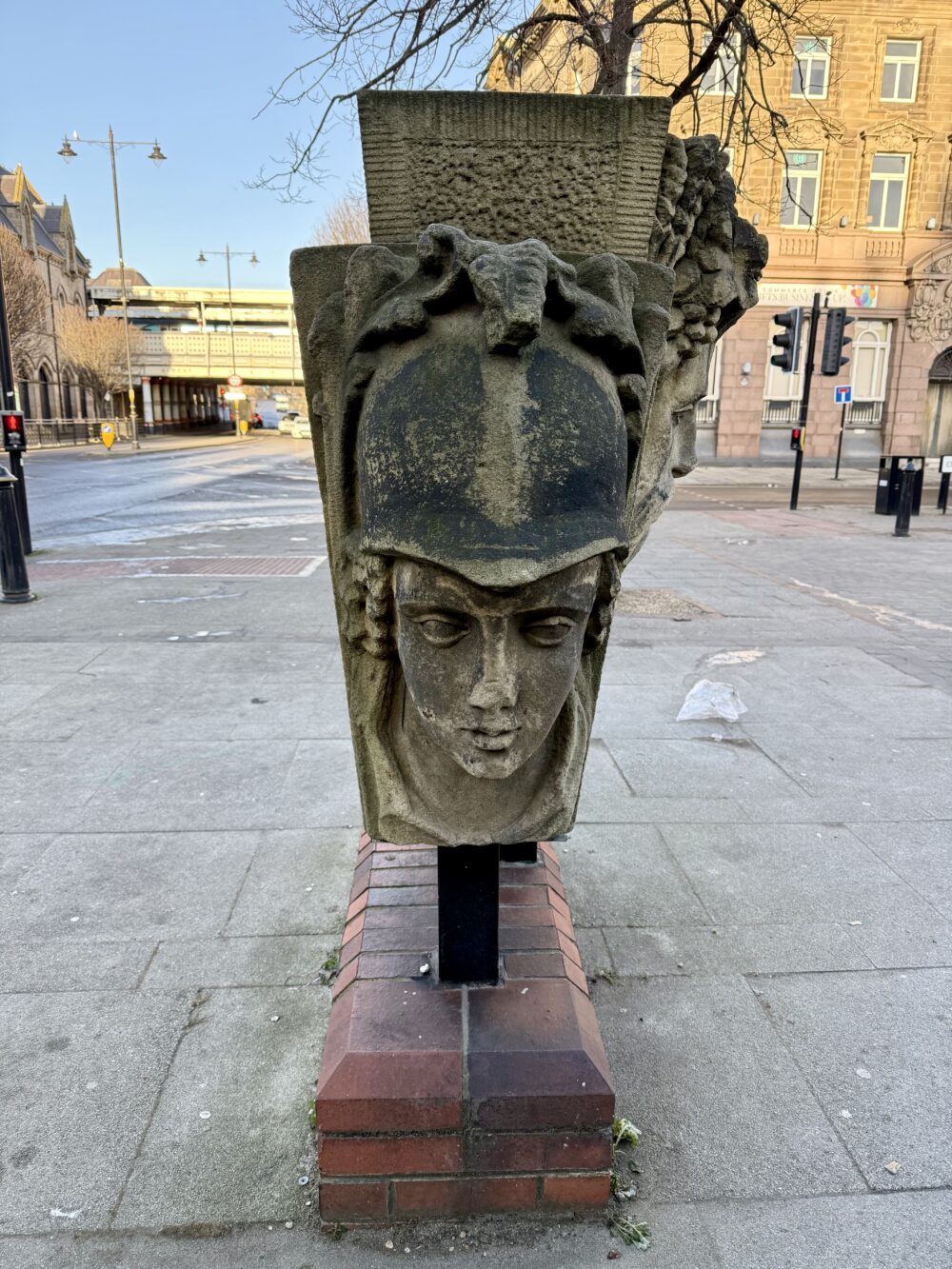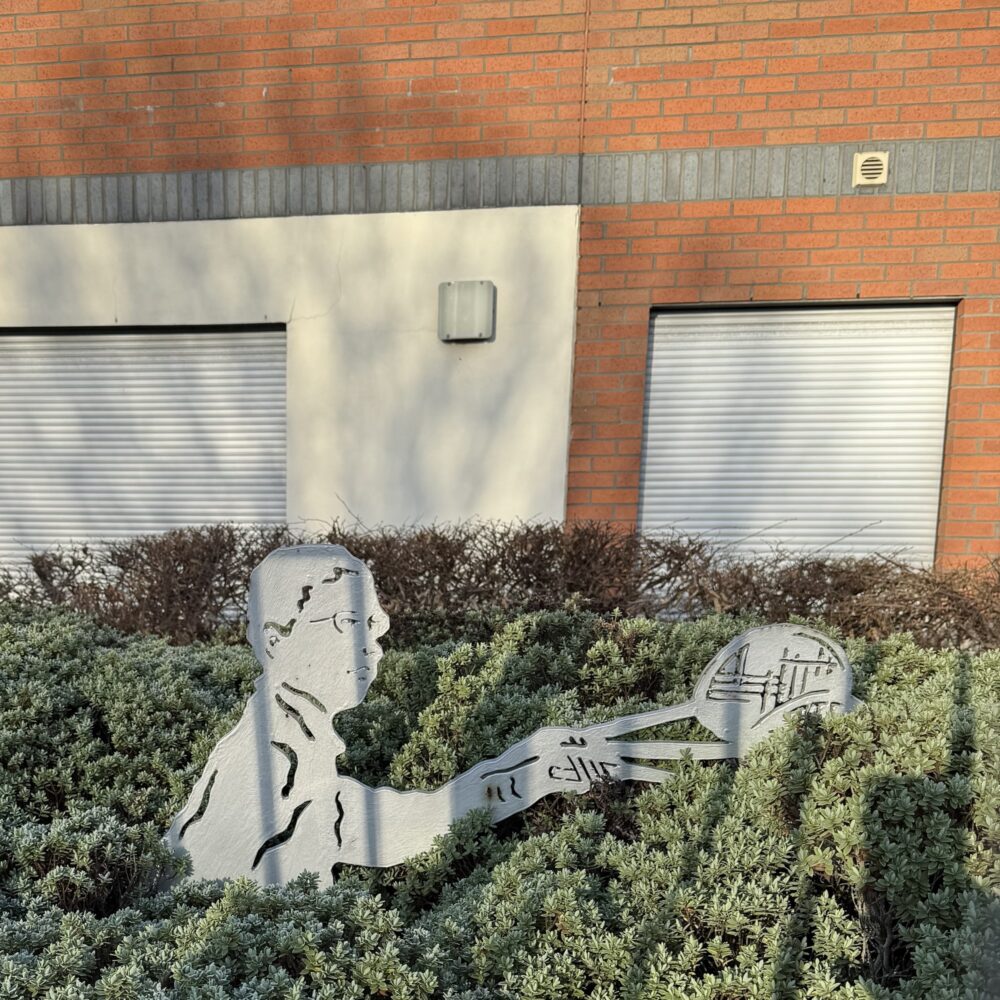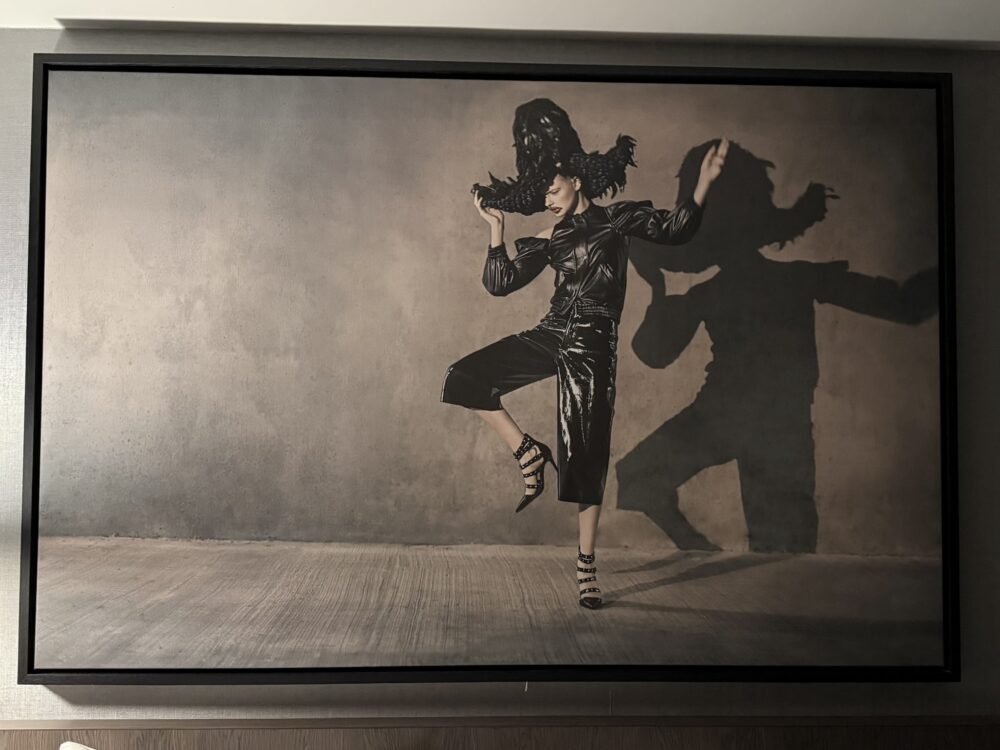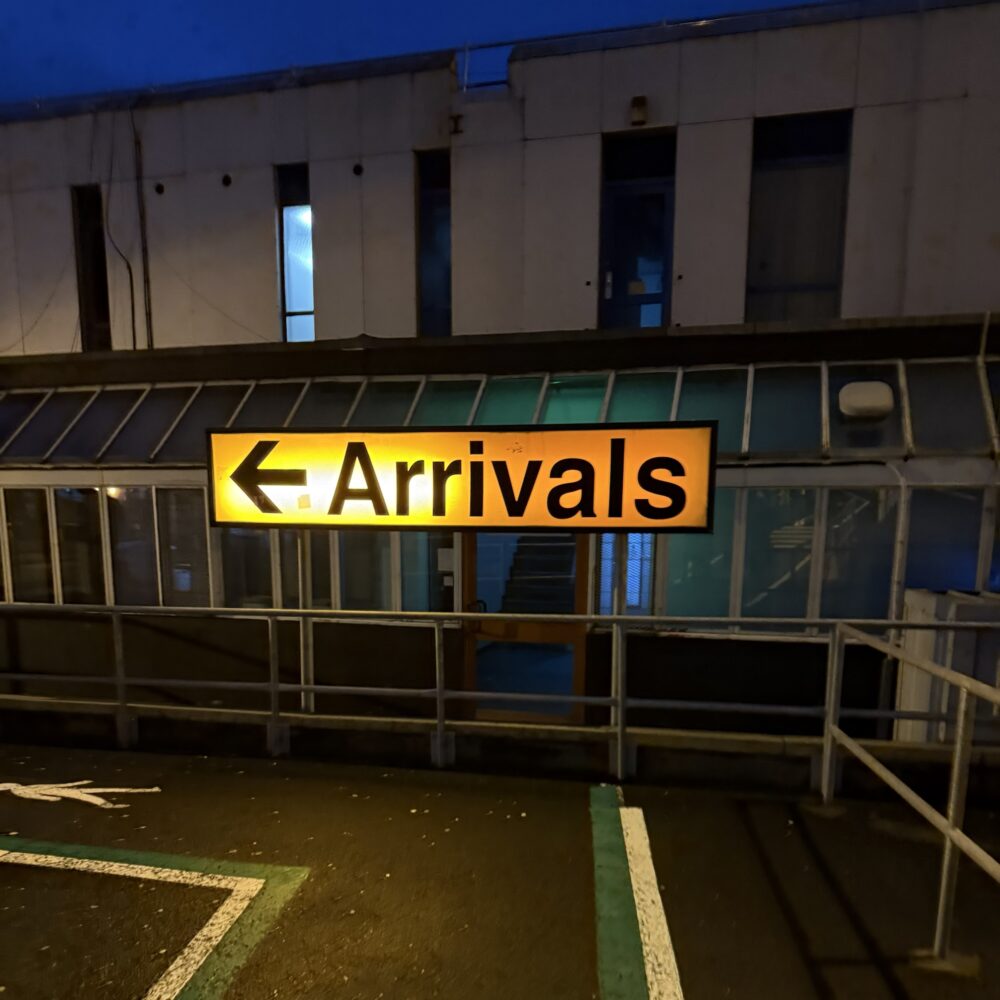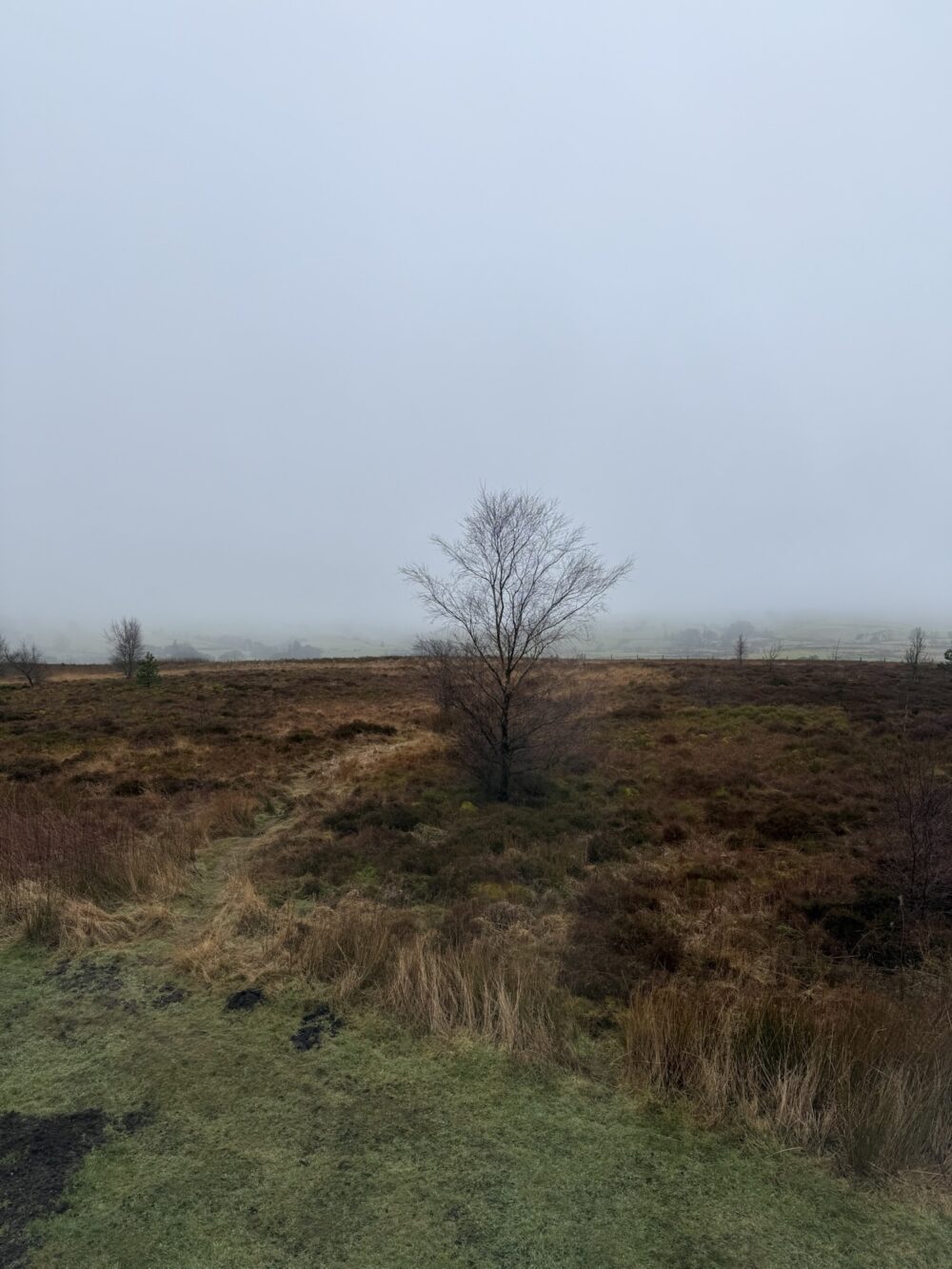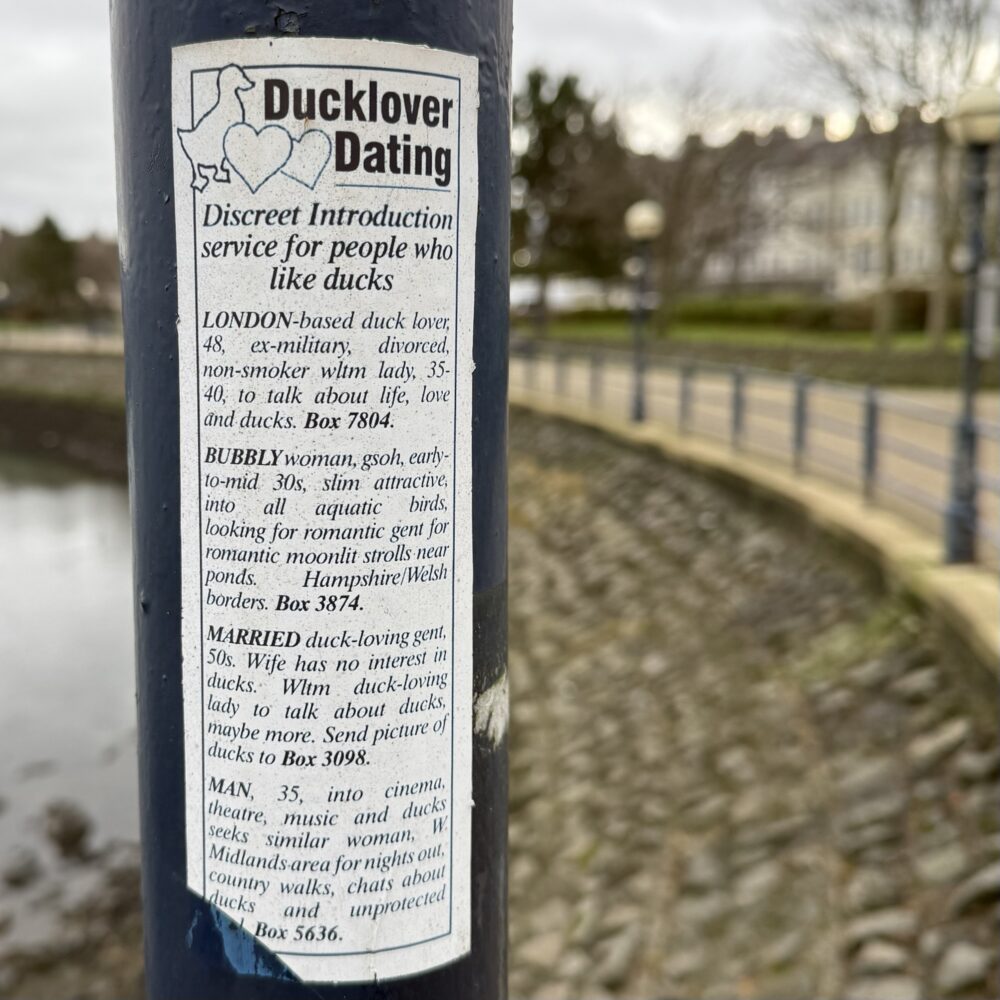Flying in the face of the data
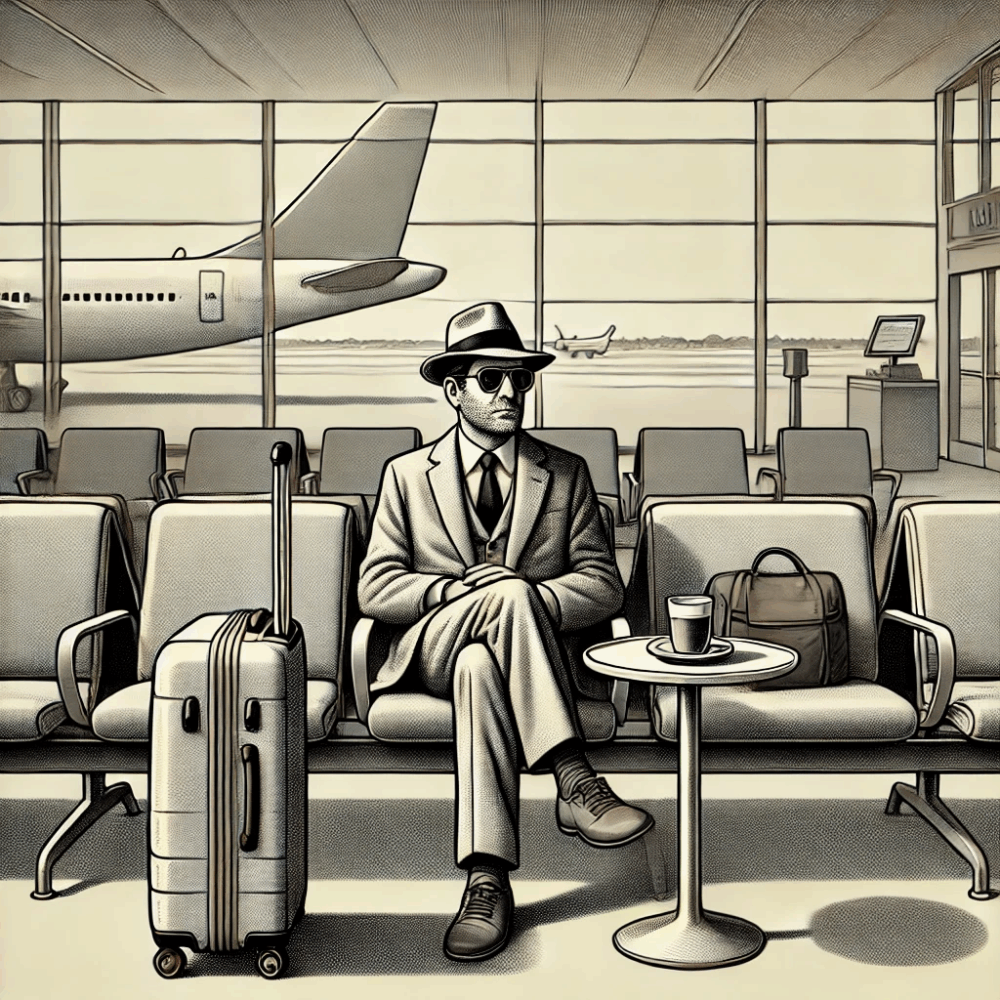
I’m writing this while sitting in an airport lounge, awaiting a flight currently estimated to arrive one hour and twelve minutes late.
Flighty tells me that, over the last sixty days, this flight has arrived early 84% of the time, and within fifteen minutes of schedule 14% of the time. That’s a 98% ‘success’ rate—and yet here I am, still on the ground.
The last time I took this flight—same number, same route—I was also delayed. I’ve taken it seven times in eight years, once even on the same ‘metal’ I’m catching tonight. Three of those trips were more than fifteen minutes late.
This seems… improbable. Wendy and I have a long-standing theory that we have terrible travel luck. My record on this route seems to support that. But is it really a curse—or just confirmation bias?
Looking wider: of my last 150 flights, 66 were delayed by over 15 minutes. That’s 44%. RyanAir tops my personal leaderboard of shame: 75% of their flights have been late for me, with an average delay of an hour and nineteen minutes. British Airways and KLM share second place, both clocking in at a 45% delay rate.
And that really is extraordinary. Across Europe, roughly 80% of flights arrive on time; some airlines manage 90% or more. RyanAir, ironically, is often cited among the punctual. My personal stats are double the industry average.
So, what’s going on?
One theory: I disproportionately fly in the evenings, when aircraft have had all day to accrue delays. That’s certainly true today—my plane started its morning late out of Schiphol, and it’s been playing catch-up ever since.
The obvious solution is to fly earlier. Except… no one wants to be at the airport at 5am unless they’re being hunted. And besides, this particular flight is always at roughly the same time—and yet I’ve managed to take a 98% reliable service and turn it into a coin toss.
Perhaps I am cursed after all.
The image at the top of this post was generated by DALL·E 3, as you may be able to guess from the weirdly misshapen plane in the background.
This post was filed under: Travel.
